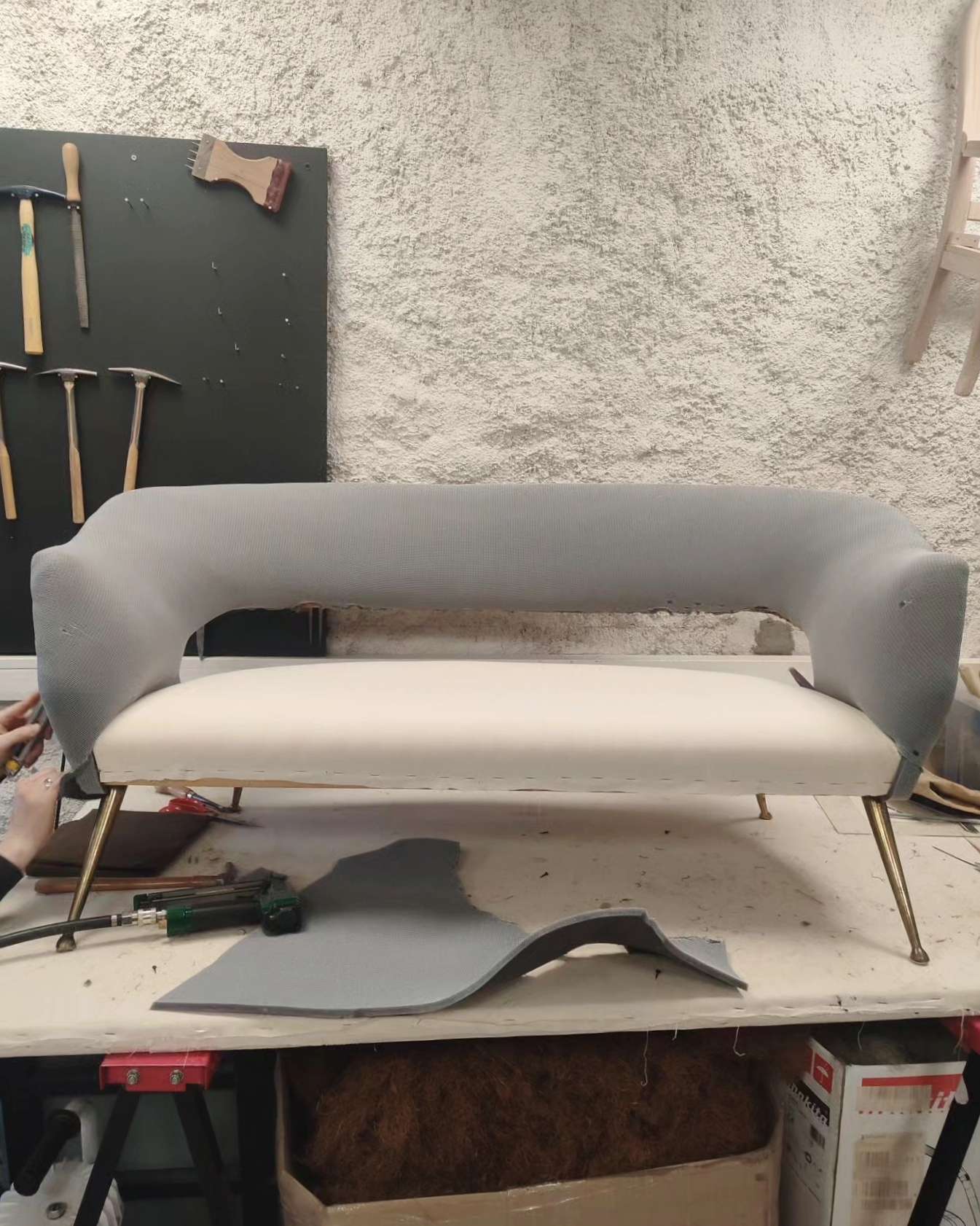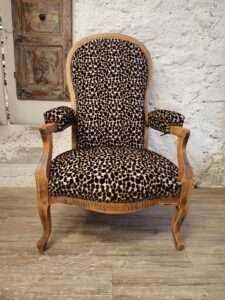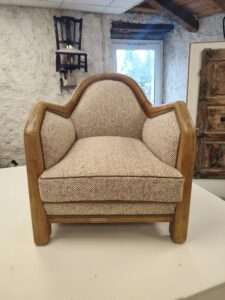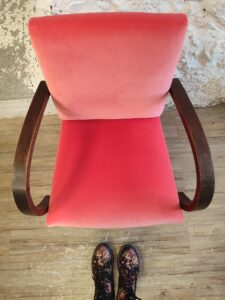This is a question I’m asked a lot when you’re starting a new upholstery project. How to choose the right technique and materials for your seat ?This is the type of question that brings up 100 more questions, so let me help you out. Traditional or modern technique ? Both use very different techniques, tools,…




